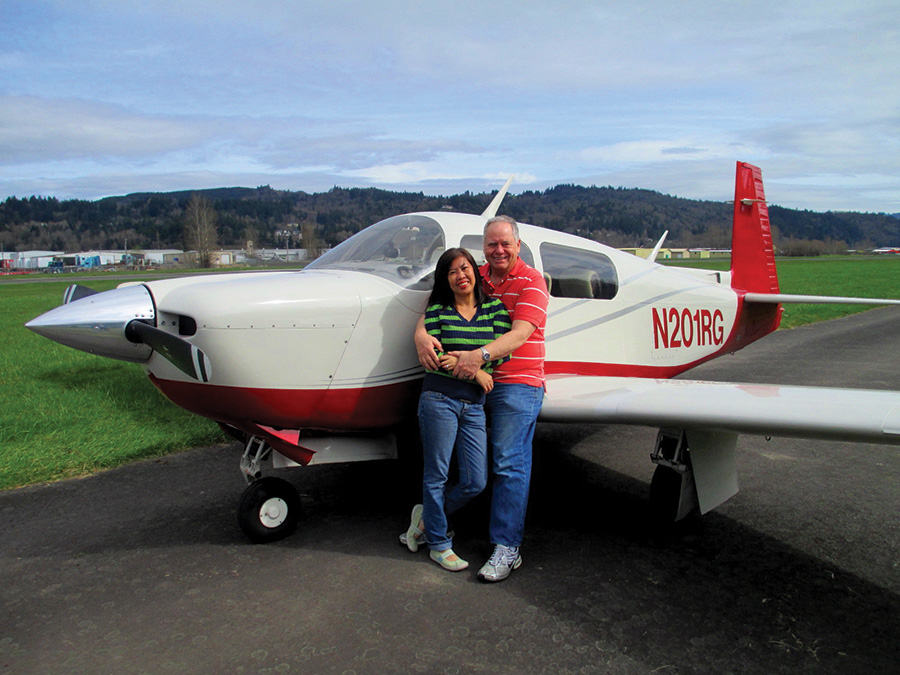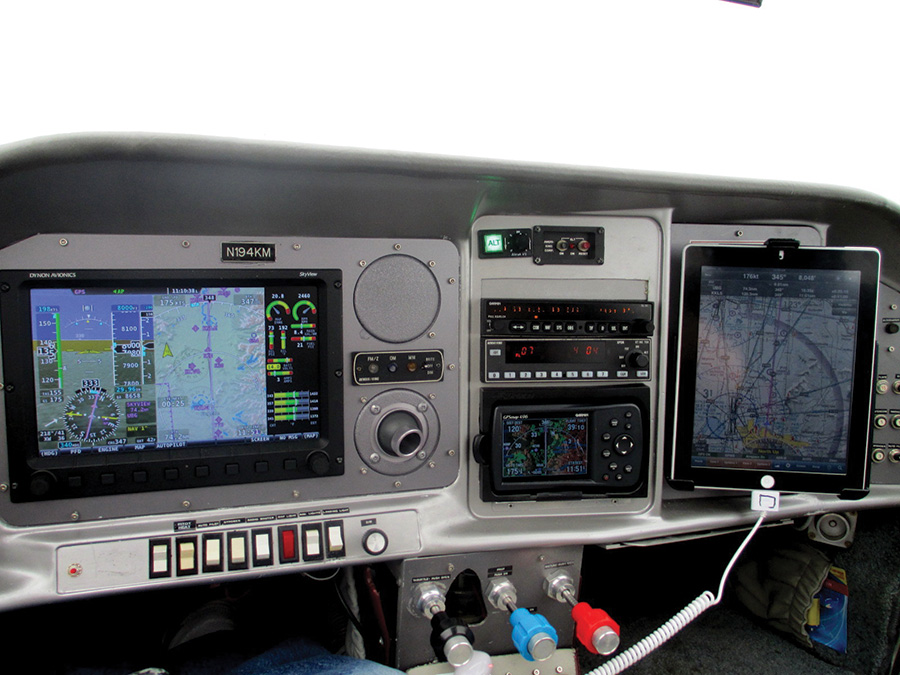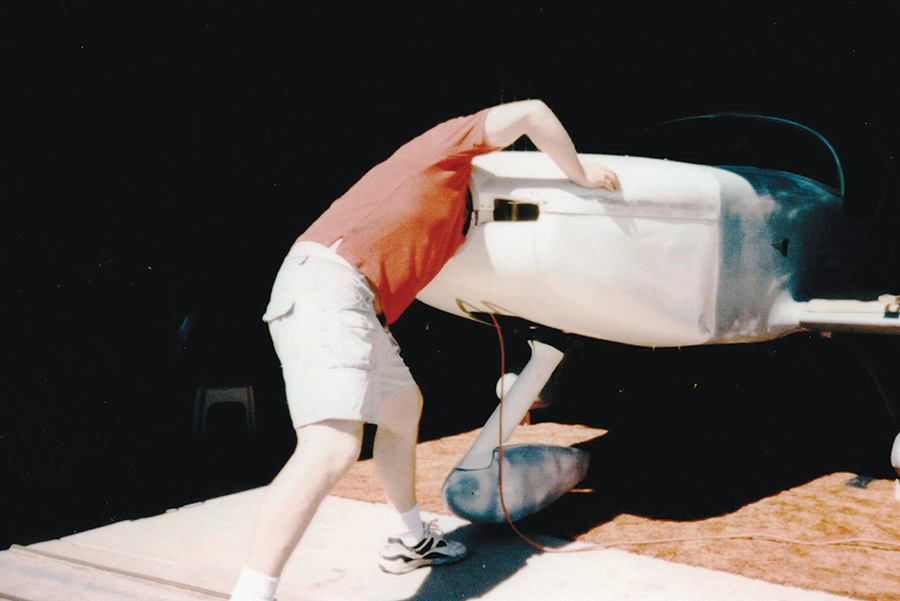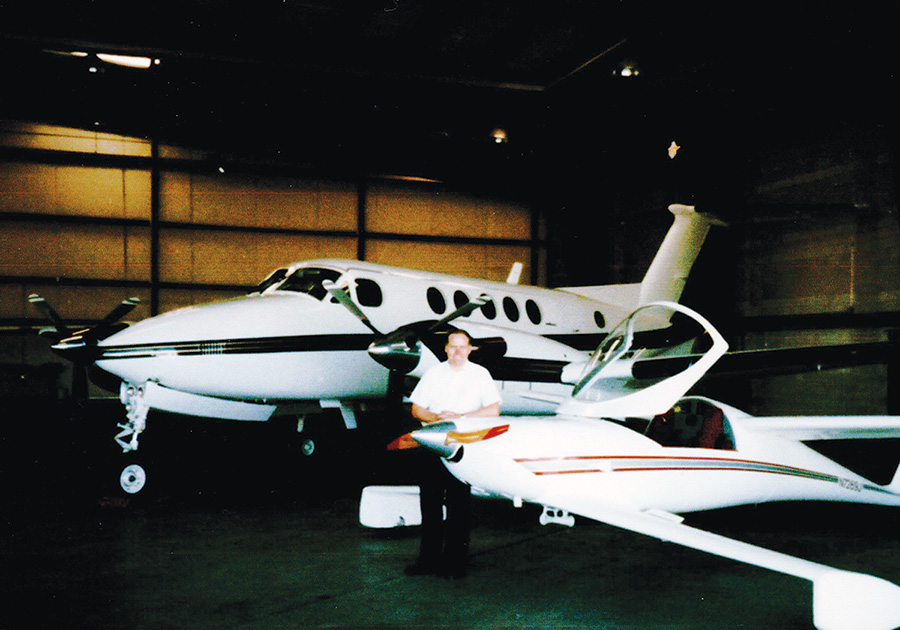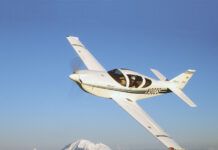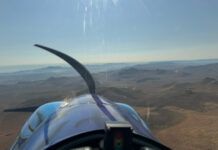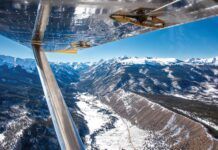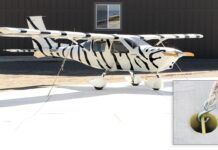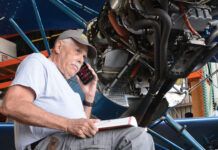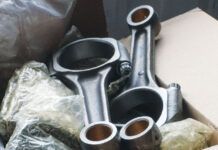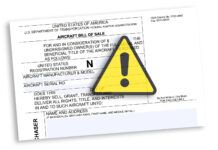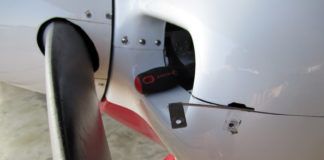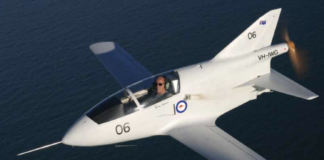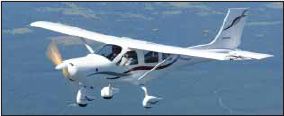It’s no secret I have had a serious love affair with Experimental airplanes since 1980. I had the privilege of building, owning, and flying a Q2, Q200, and Glasair Super II-S FT. It was the performance, affordability, and handling that drew me to this kind of airplane.
My Glasair offered a consistent 160 KTAS on 8.3 gph, 1000-pound useful load, and an eight-hour range with a 45-minute reserve. Later in life, I added a full glass panel (Dynon SkyView). Counting the four years to build my Glasair, I owned it for 17 years, maybe not a record, but it has to be close. During this time I put over 1100 accident-free, low-maintenance hours on my plane.
All that being said, why would anyone choose a certified aircraft over an Experimental or vice versa? For a moment let’s take a look at each and consider the pros and cons.
Define Your Mission
From the onset, the mission has to drive the equipment. There’s no point in having a six-place airplane when you only need two seats or having an airplane that cruises over three miles a minute when you want to fly low and slow. Haste will make waste here, so seriously consider what the mission is going to be before jumping in with both feet. Also remember, unless you purchase a completed kit airplane, you have to build it before you can fly it. If you have to ask the question, should I build or buy a completed kit airplane, building is probably not for you.
Do You Have Time to Build?
Kit manufacturers often go out of their way when marketing a kit to say that building is a quick way to get airborne. Don’t be fooled. It takes a lot of time and effort to complete a kit airplane, even if you buy a quickbuild version. My Q2 took two and a half years and the Glasair took four years.
In the early years of fiberglass construction, doing the finish work would take as long as building the airplane. Over the years, when fiberglass parts came out of a female mold, the finish work was greatly reduced—but still necessary.
Depending on your stage in life, you might have a young family, you could be working on a career, or you might be traveling a lot; this might not be a good time to start a multi-year project. For your sake and the sake of your family, be honest with yourself. If after giving this point a very hard look and it is determined that time and financial constraints are not an issue, by all means build. Building is very rewarding in a number of areas.
Being a contortionist is a very desirable ability when building your own airplane. In the early years, I had small enthusiastic sons to get into the tough places. Unfortunately, they grew up and I got older.
Is Building Really Cheaper?
If you are building so you can fly, then you might save yourself a lot of time, money, and effort by purchasing a certified airplane. It is not wise to underestimate the financial and time commitment of building your own aircraft.
Having worked in aircraft sales, I know one can purchase a nice early- to mid-1970s Cessna 172 for mid-$40,000; older ones sell for much less. Though they won’t have the performance numbers of an Experimental, they are turnkey. With the aircraft sales market still soft, there are some great values out there. The same can be said about completed and proven Experimental airplanes.
Do You Enjoy Working With Your Hands?
If changing a light bulb or repairing a squeaky door hinge causes you to break into a cold sweat, or if you don’t know the difference between a screwdriver and a sawhorse, building is not for you. On the other hand, if you like tinkering, building, and repairing things, then you are headed in the right direction for becoming an airplane builder.
The author and his first experimental airplane. The Q2 would cruise at 150 mph on about 4 gph with a 75-hp Revmaster engine. It was the first kit to offer prefabricated major components—the fuselage came in four pieces. This was a big deal in the 1980s. The author was a captain on the B200 King Air in the background.
Do You Have Space to Build?
There’s simply no substitute for having a convenient and large enough workspace to work on your project. Sure, it probably says in the sales brochure that your kit airplane of choice can be built in a two-car garage—and in many cases that’s true. But as a suggestion, before writing a check, ask your wife if she minds if her car is buried in snow for the next five winters…just sayin’. Like it or not, building an airplane does involve the entire family, one way or another. Make sure they are on board with this venture.
It is also a fact that the closer the work area is to where you live, the greater the odds of completing the project. I built a workshop in my backyard before buying my kit. This arrangement worked well, and it also helped keep my wife happy.
More Things to Ponder
Experimental airplanes offer so much: unsurpassed performance, fuel efficiency, and affordable avionics that include such wonderful features as synthetic vision. Those with certified aircraft can only enjoy this and other avionic features if they have very deep pockets.
Maintenance costs with an Experimental will be far less than certified because you, the builder, can do all of it. In addition, if you want to make sensible changes, you don’t have to get involved with the cost and headache of FAA STCs and 337s.
Your flying life will be simpler and far more affordable with an Experimental bird. That being said, you are doing yourself a huge favor by coming to grips that building your own airplane requires a huge time and financial commitment. Only you can decide which type of aircraft is right for you.


